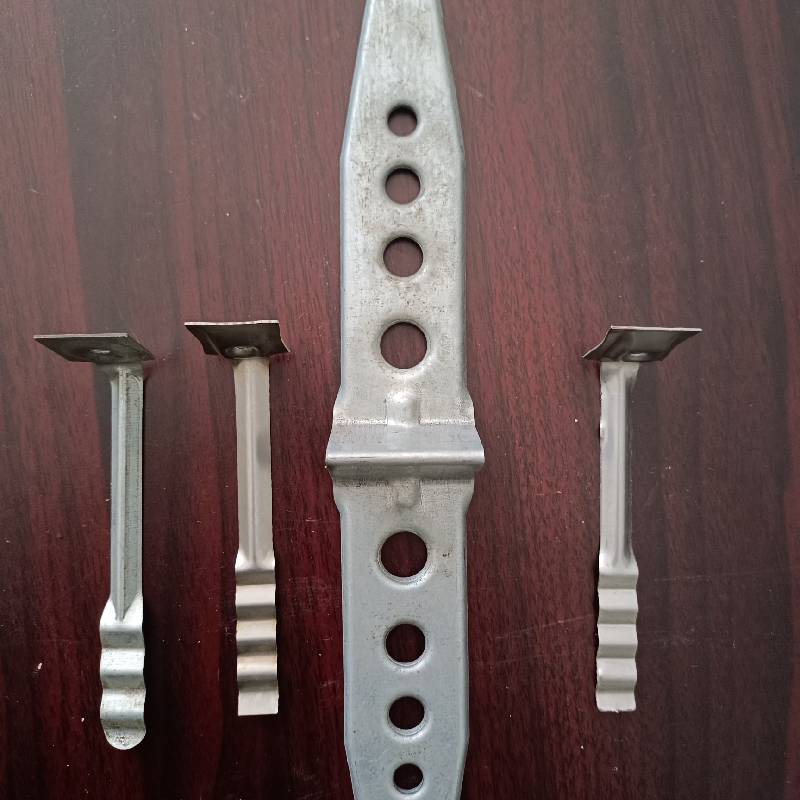
- Mobile Phone
- +8613931874955
- sales@cntcmetal.com
Affordable Solutions for High-Quality Compression Springs to Meet Your Budget Needs
Understanding Cheap Compression Springs Quality and Cost-Effectiveness
Compression springs are a critical component in various mechanical applications, serving the primary function of storing and releasing energy when compressed or extended. They are widely used across industries, from automotive to electronics, and even in household appliances. One of the most appealing aspects of compression springs is their affordability, especially when looking for cheap compression springs. However, it’s essential to balance cost with quality and performance to ensure reliability and longevity in applications.
What Are Compression Springs?
Compression springs are typically made from coiled wire, and upon applications of force or load, they compress, storing energy that can be released when the force is removed. They are designed with specific characteristics such as free length, coil diameter, wire diameter, and the material from which they are made. These parameters determine the spring's behavior, such as its compressibility, load capacity, and fatigue life.
The Appeal of Cheap Compression Springs
The demand for cheap compression springs is primarily driven by budget constraints in both individual projects and large-scale productions. Many manufacturers are eager to find reliable yet affordable options to minimize costs without compromising too much on quality. This has led to a surge in the production and availability of low-cost compression springs across the market.
Factors Influencing Costs
1. Material The type of wire material greatly influences the cost of manufacturing compression springs. Common materials include stainless steel, carbon steel, and alloys. While stainless steel offers enhanced durability and corrosion resistance, it carries a higher price tag compared to carbon steel springs.
2. Manufacturing Process The production method of compression springs affects costs. Automated processes can lower labor costs, but initial investments in machinery can be substantial. Conversely, hand-crafted compression springs may cost more due to the personalized touch and detailed work, but they often assure higher quality.
3. Quantity Bulk purchasing can lead to significant discounts. Manufacturers often price their springs competitively when ordered in larger quantities, making it an attractive option for businesses that require parts in bulk.
4. Supply Chain Geographical location and logistics play a role in cost. Springs manufactured in regions with lower labor and material costs can be more affordable. However, they may also require shipping costs, impacting the overall price.
cheap compression springs

Quality Concerns
While cheap compression springs can significantly reduce costs, they may come with trade-offs. Buyers must carefully evaluate quality to avoid problems relating to performance, lifespan, and safety. Inferior springs may fail prematurely due to inadequate material properties or poor manufacturing processes, leading to malfunctioning machinery or products.
Making the Right Choice
When selecting cheap compression springs, it is vital to consider several factors. Here are a few tips to ensure you get the best value
- Research Suppliers Look for reputable suppliers with positive reviews and a track record of quality. Experienced manufacturers often provide extensive product specifications and certifications.
- Check Material Specifications Ensure that the springs meet the requirements for the specific application. Use materials that offer the necessary strength and durability for your needs.
- Evaluate Performance If possible, request samples before making a larger purchase. Testing springs can help assess their reliability under the expected load.
- Consider Customization If standard options don’t meet your needs, consider manufacturers that offer customized compression springs that fit your specifications while still being cost-effective.
Conclusion
In conclusion, cheap compression springs offer an appealing solution for projects that require cost efficiency. However, buyers must remain vigilant to ensure that the springs meet the necessary quality and performance standards. By choosing wisely and considering factors such as material, manufacturing processes, and supplier reputation, you can successfully implement affordable compression springs into your applications while maintaining safety and functionality.
share:
-
Your Source for Concrete Wall Ties and Masonry AccessoriesNewsJul.10,2025
-
Unlocking the Power of Iron Wire for Every ProjectNewsJul.10,2025
-
Explore Advanced Chain Wire and Stainless Steel Mesh FencingNewsJul.10,2025
-
Discover the Benefits of Annealed Wire ProductsNewsJul.10,2025
-
Discover China Stainless Steel Wire Mesh SolutionsNewsJul.10,2025
-
Build with Confidence Using High-Performance Masonry AccessoriesNewsJul.10,2025
-
Why Sacrificial Formwork Is Redefining Underground ConstructionNewsJun.06,2025



















